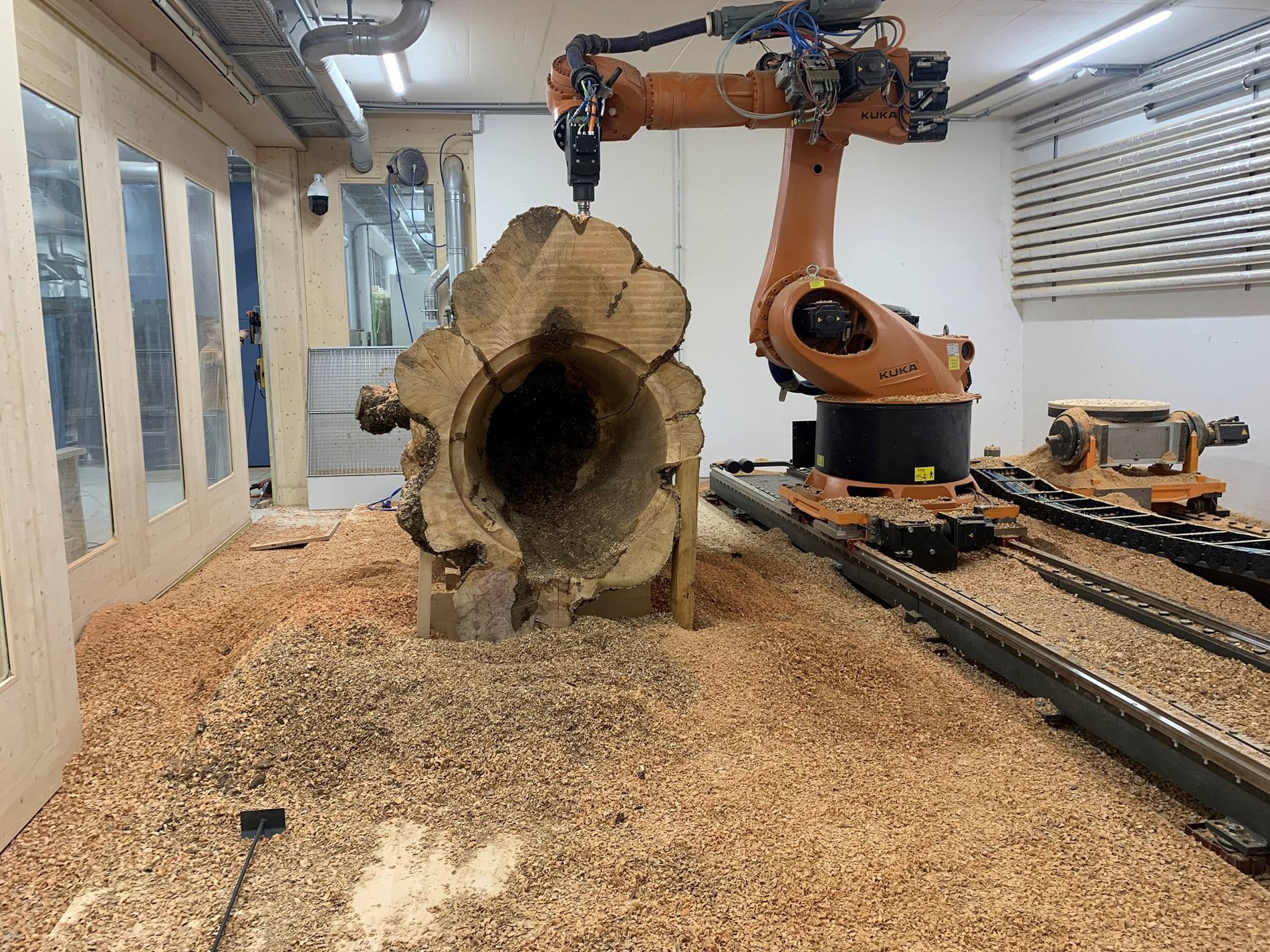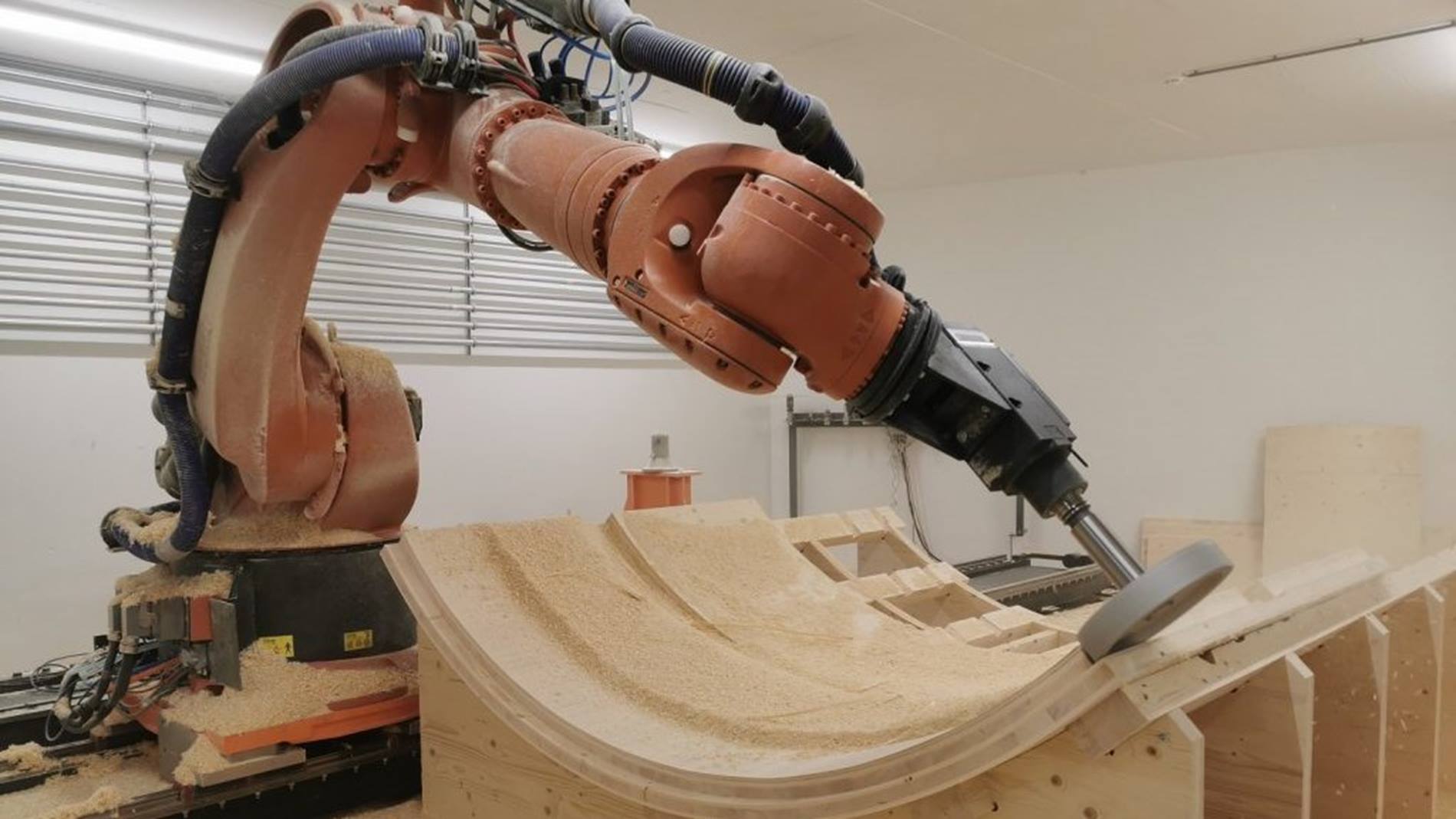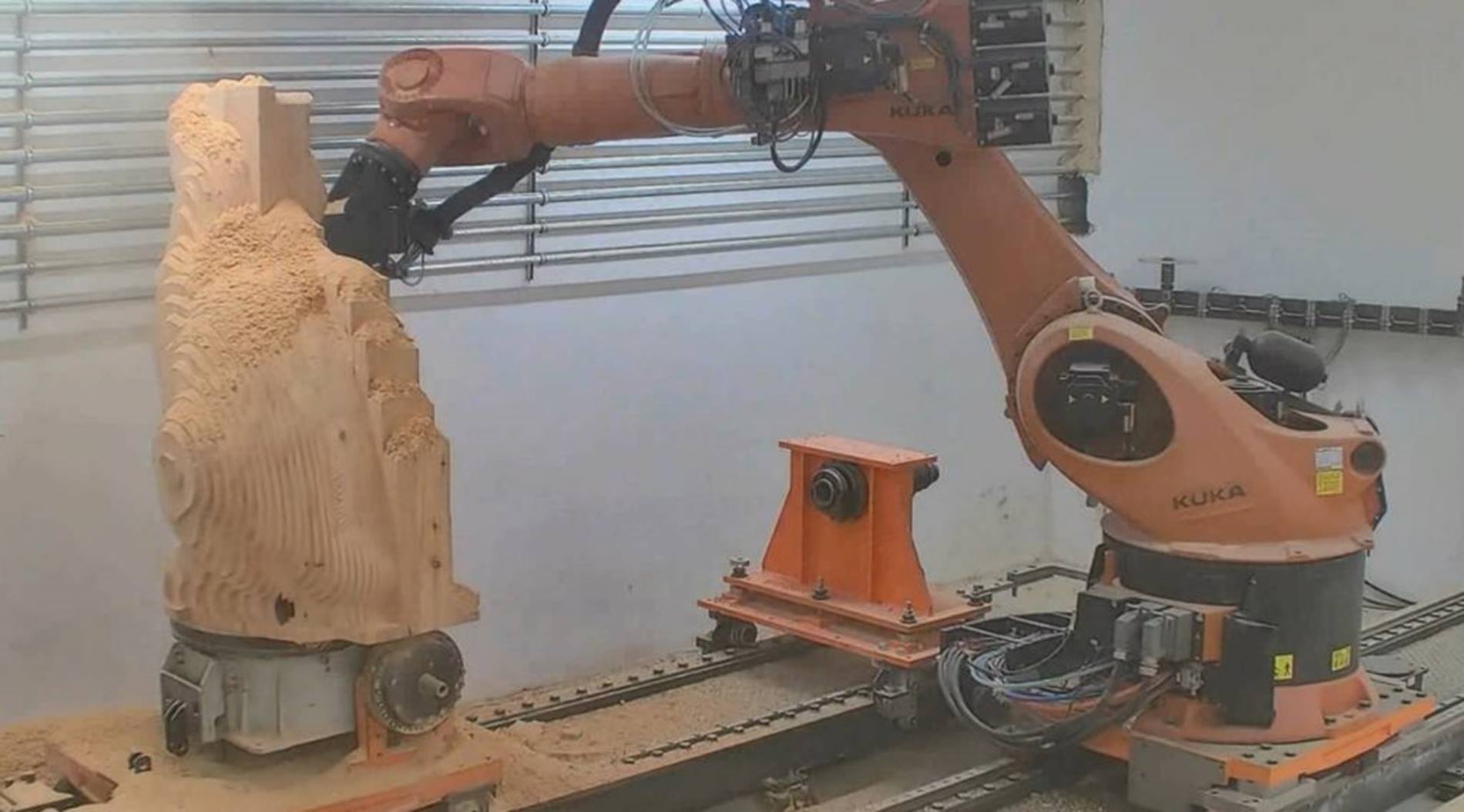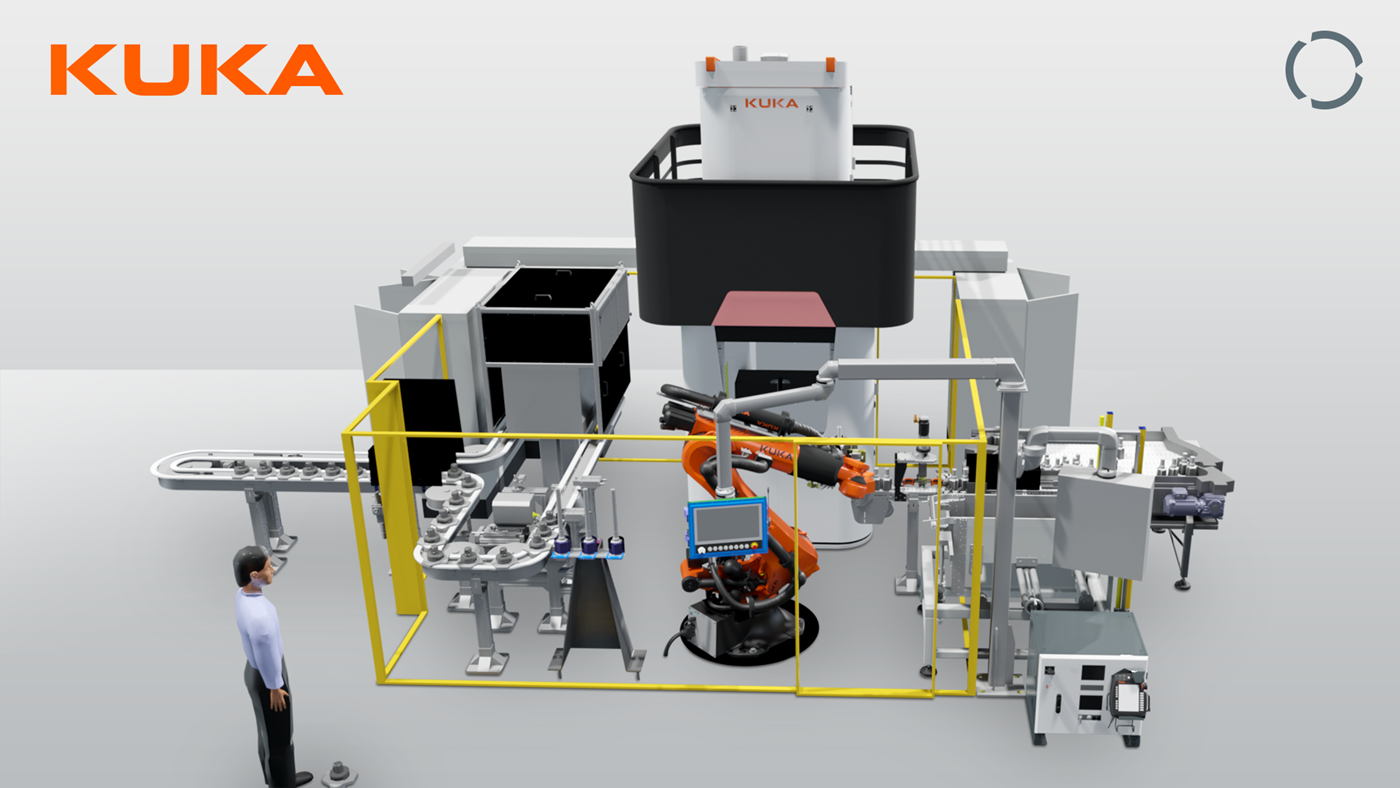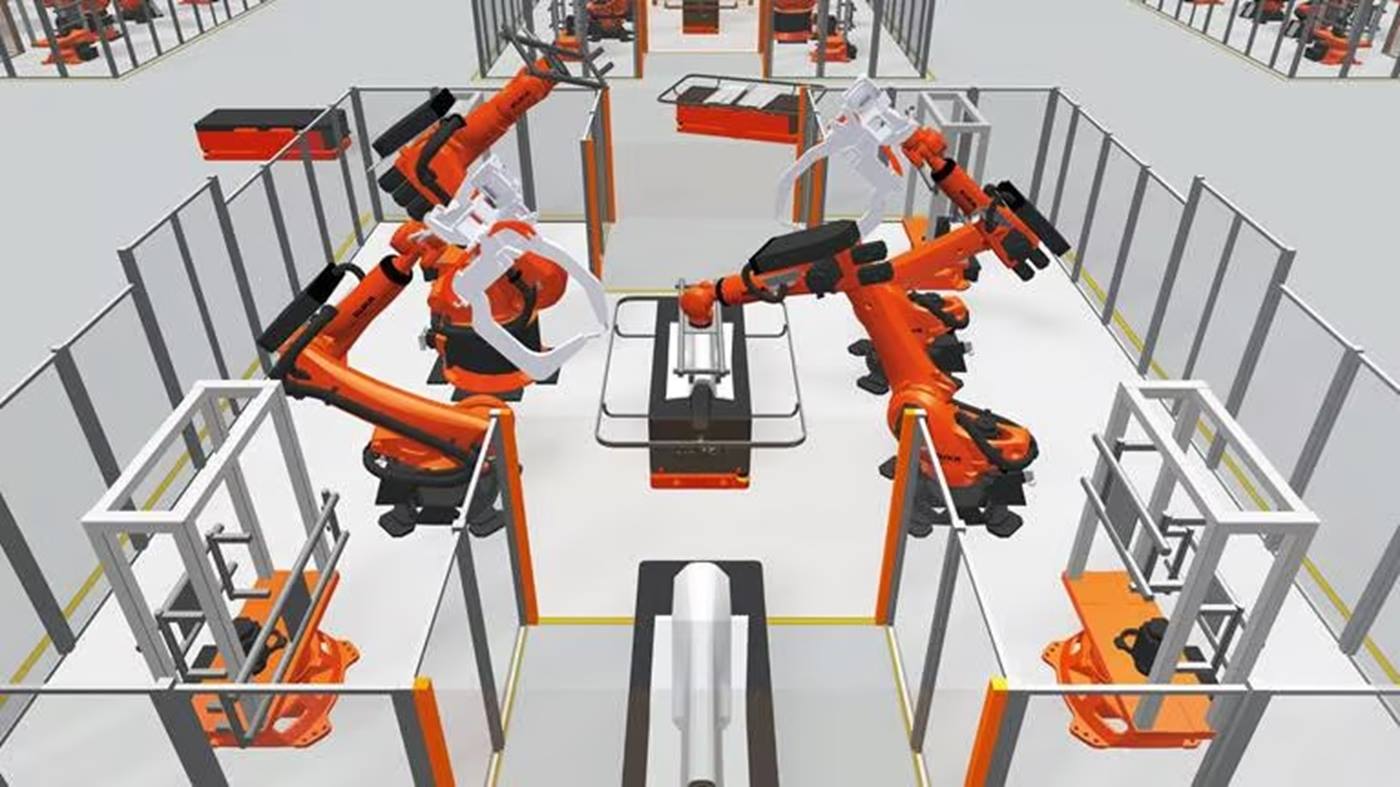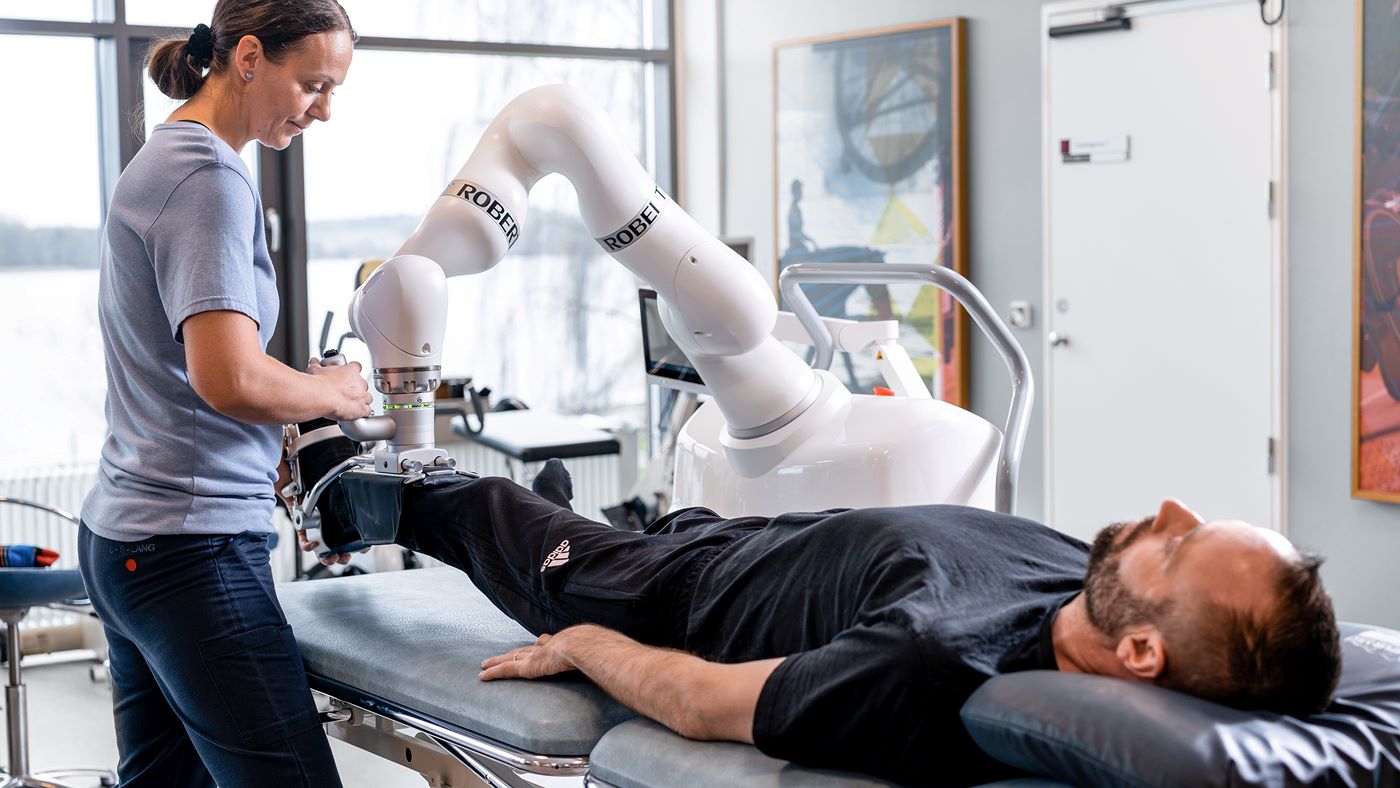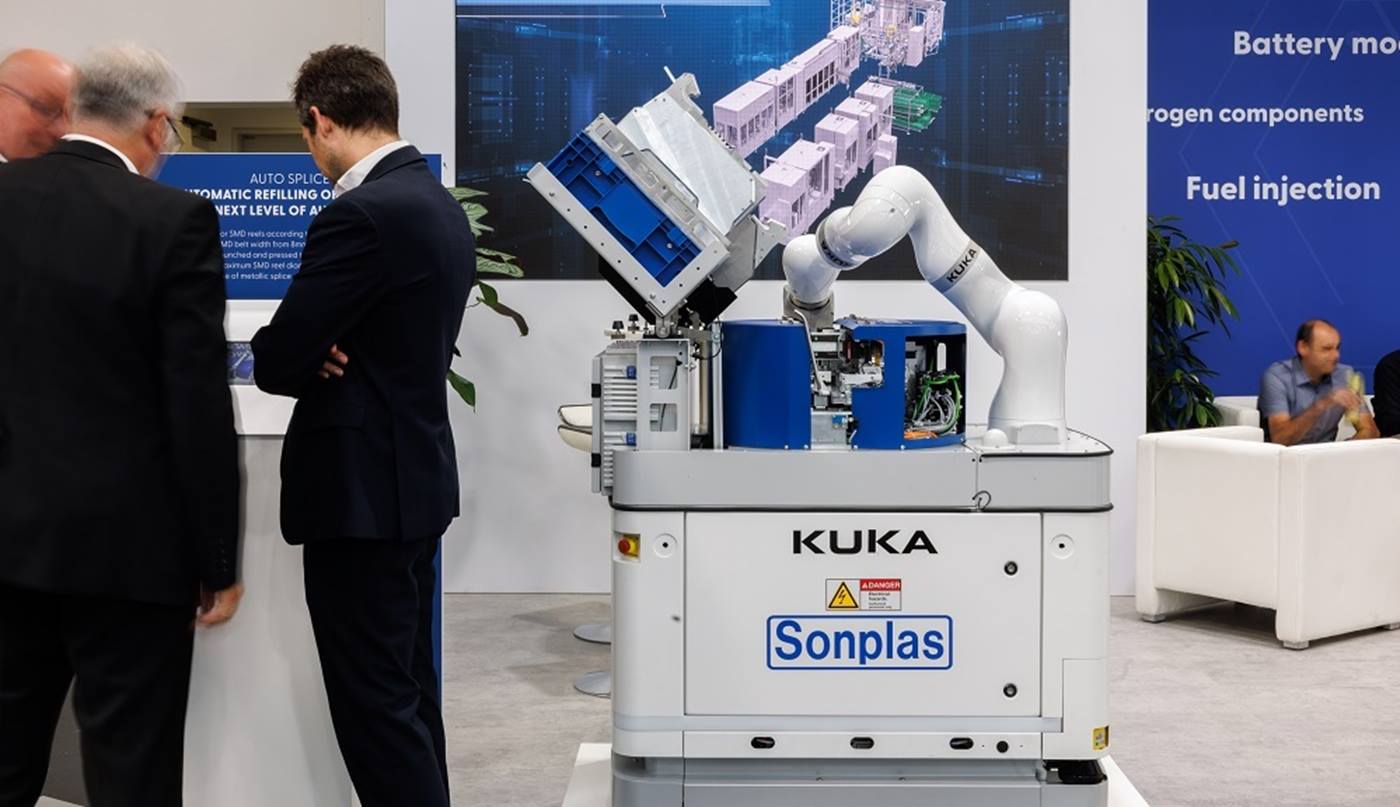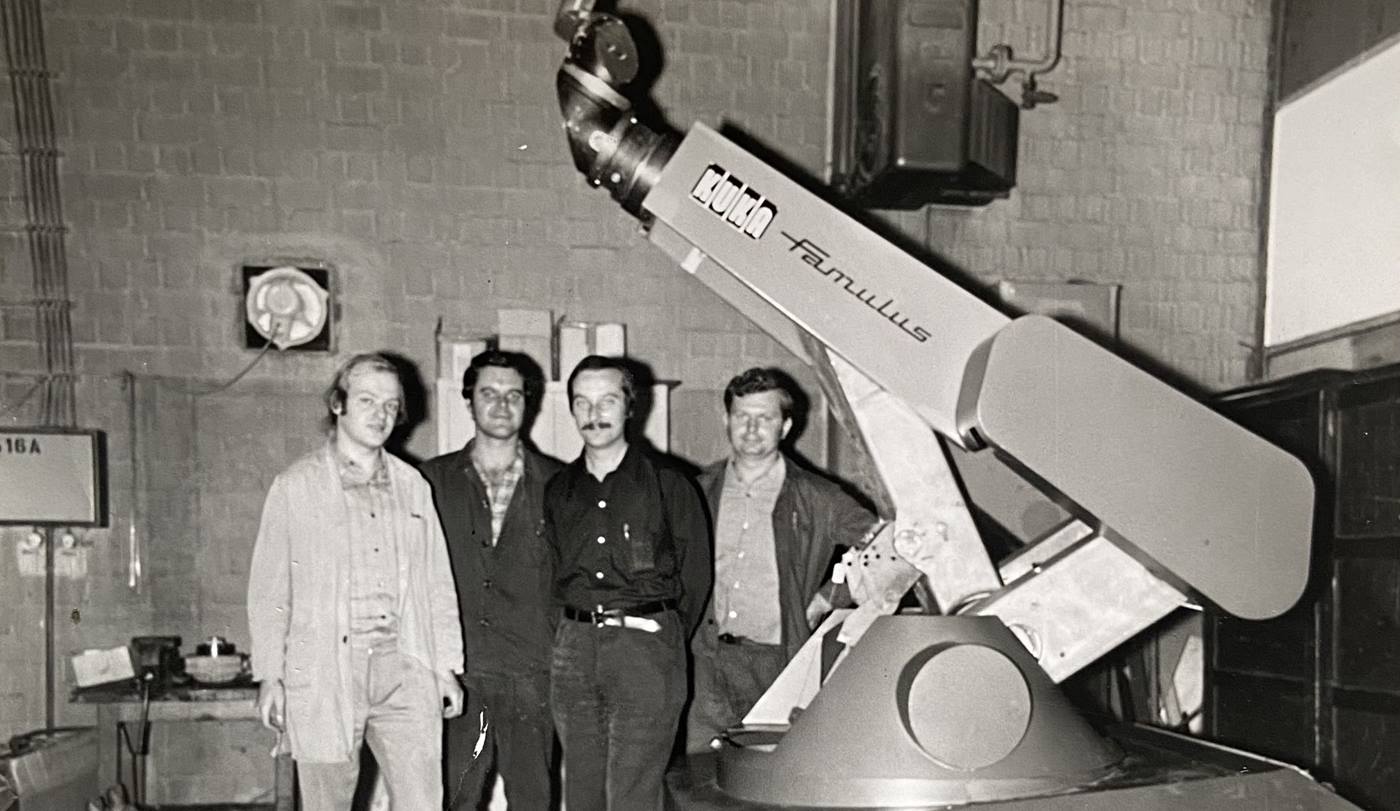Old CNC milling machine reached its limits
A robot in a carpentry shop? At first, Martin Decker couldn’t imagine it working. “But I have to admit that it has opened some doors,” says the carpenter and project manager from Itter in Tyrol. About four years ago, the craftsman was faced with a project for an architect in England that pushed the old CNC router to its limits. “It involved a large rocking bench into which a seat was to be milled. But the machining height of the five-axis CNC router was too small,” explains Decker. So, he says, they looked around for alternatives and, by chance, came across a robot. “We found a supplier in Tyrol that had a KUKA robot,” he recalls. It was a KR 360 – which only brought positive effects.
Unusual freeforms and giant tree houses became possible
With the help of the new robot colleague, even larger projects could now be tackled. “We were able to mill parts for huge tree houses, as well as elliptical stair stringers or unusual freeforms,” explains Decker. Stair stringers are load-bearing side parts of a staircase that can also be extended with a handrail. “Thanks to a proprietary design, tree trunks weighing up to three tons can even be clamped and processed as in a lathe,” says the carpenter. The robot itself is located in the basement of the plant, where it has its own cell. This measures about 13 by six meters. Three workers are responsible for it, all of whom can program on the KR-C4 controller. The “new” robot is a KR 360 L 280; its predecessor was badly damaged in a fire.
Fire destroyed parts of the plant
On November 11, 2019, a major fire destroyed parts of the plant – including the first KUKA robot, also a KR 360. “For us, it was clear right after that that we would get another robot. And we will also acquire a new one after the current one,” says Decker. Today, he no longer wants to do without the technical assistance. The biggest project the robot has mastered so far was an eight-meter-long and around two-meter-high staircase structure in which steps and a handrail were milled. The robot has a total of nine axes. Thanks to linear guidance and the ability to set up parts on a rotary table, figures and sculptures can be milled vertically. In addition, the robot has a tool changer in its cell with twelve different attachments. In addition to individual robots, KUKA offers entire manufacturing cells for small and medium-sized craft businesses: The KUKA cell4_production solution is highly flexible, digitally networked and ready for immediate use.
Carpentry on the road worldwide
The Decker carpentry has 42 employees and has been operating worldwide for around 40 years. Automation in the company has had only positive effects: “Instead of laying off employees, we even hired two more,” says Decker. Other carpentry shops from the surrounding area would have special parts made by them. In addition, he says, they have become more attractive to apprentices, who also learn additional CNC skills in a four-year carpentry technician training program. Decker’s conclusion on the acquisition of the robot: “You have to dare to take this step – and also become a little inventive yourself. But it’s worth it.”
A robot in the skilled trades pays for itself very quickly – even in companies with 5 or more employees. You can find out how a robot can also lend a hand in your company on the KUKA website.
You can also find out more about this topic on the KUKA blog in our series “Robotics. A hammer for craftsmen.”

